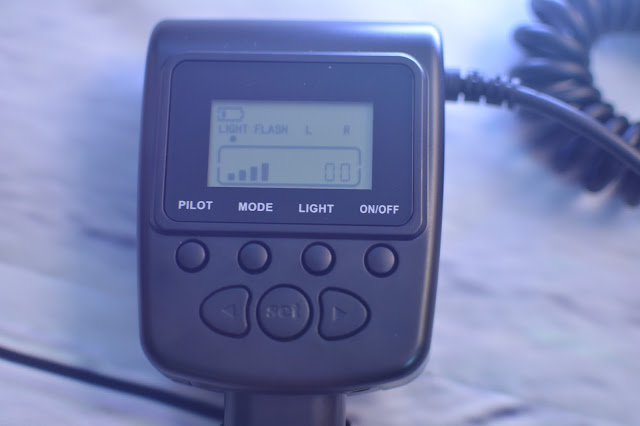What You'll Need:
- Pier Photo (click for link)
- Galaxy Photo (click for link)
- Photoshop
- Green-screen (optional)
How To:
- First you'll need to set up your green-screen. If you don't have a green-screen, that's totally fine. You will just need to do a bit more work in post-processing.
- Take several shots of your model so you have some choices to pick from.
- Open your chosen image in Photoshop and delete the green-screen to leave your model on a transparent background. If you didn't use a green-screen, you will still delete the background, you will simply need to do a bit more work as you wont have big chunks of green that you can easily erase.
- Open the pier photo that was linked in the list above and paste your model onto it as a separate layer.
- From here you just need to make sure that the coloring of your model fits the color of the pier background. You can do this by selecting the layer with your model and using hue/saturation and photo filters to correct the color so that it fits together with the other image.
- Add a simple shadow on the pier using the burn tool so that it ancors your model into the shot, making it more realistic.
- Now you can get creative in what kinds of elements you want. I added blue dots with lens flare to create magical orbs floating around in the air. I also added a glow around the model, a lens flare, and glowing light in the hands to show a kind of energy source being used from inside the model.
- Next you will open the galaxy photo and paste it over what you have so far. Change the blending mode to screen and adjust it to fit your liking.
- Adjust the coloring, brightness, and contrast to bring it all together, add any extra elements you want, and you're done!
(Sorry about the video quality, it was not that bad when I made it, but blogger kinda ruined it.)
Like what you're reading? Subscribe to my blog and never miss a post!
Like what you're reading? Subscribe to my blog and never miss a post!












































